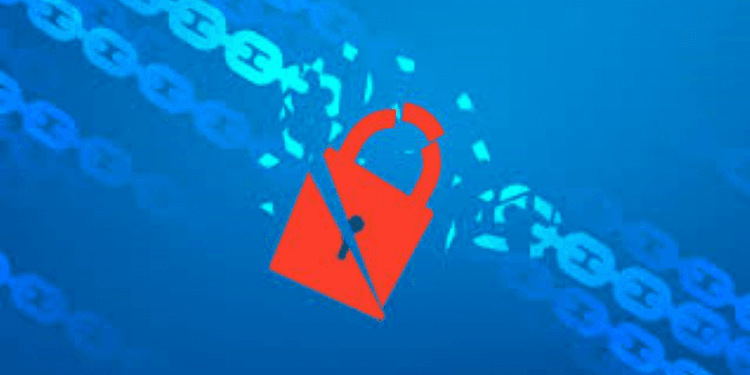The software supply chain must first be defined in order to comprehend software supply chain security. The whole software development life cycle’s worth of interactions with applications and activities that contribute to their creation make up the software supply chain (SDLC). In order to secure the elements, processes, and procedures involved in the development and distribution of software, one must first maintain software supply chain security. This covers both public and private code, infrastructure and interfaces for protocols, deployment and interfaces, developer techniques, and development tools. Organizations are accountable for carrying out these security procedures and for showing consumers evidence of their security efforts.
The Suspicion is why Software Supply Chain Security is Essential?
Software dependencies are commonplace today. Your projects frequently depend on hundreds of open-source components—on average, 203 per repository—for which you did not create the entire functionality. According to industry estimates, between 85 and 97 percent of business codebases are derived from open source, and 99 percent of codebases are thought to contain open source code. This indicates that you didn’t write the majority of the code that makes up your application. Your third-party or open-source dependencies’ weaknesses, which you likely can’t control as strictly as the code you built, pose serious potential security threats.
You probably have a vulnerability if one of these dependents has a vulnerability. The frightening thing about this is that reliance could change without your knowledge, even if a dependency’s vulnerability is not currently exploitable in your application, future modifications to your codebase or dependencies could make you vulnerable. It effectively gives thousands of strangers who contribute access to your production code to be able to use the work of thousands of open-source developers. Therefore, an unpatched vulnerability, a careless error, or a deliberate attack on the dependence on your software supply chain security might have a significant impact on you.
What are the Four Important Software Supply Chain Security Threats?
Every software artifact depending on a supply chain component is potentially at risk if that component is exposed to risk. It gives hackers the chance to compromise any components and the supply chains that connect them by introducing malware, a backdoor, or other malicious code. Attacks on the software supply chain are on the rise and frequently carried out by nation-states and profit threat actors. They can have a significant impact on both our physical and digital worlds. They typically belong to one of four categories of risks.
- Vulnerabilities are holes in the coding of software that could be used to breach a system. To reduce this risk, patch and upgrade your software artifacts.
- A legal risk called licensing could force you to abandon your patent rights and make any resulting software artifacts open source. Consult with relevant legal professionals.
- Dependencies on third parties are those that arise from the software supply chain and are challenging to identify. Examine all third-party codes, and discuss your protection with your providers.
- If you don’t have processes and policies, you’ll have issues. Create procedures (or playbooks) for your developers and policies for when you must react to a vulnerability.
















































